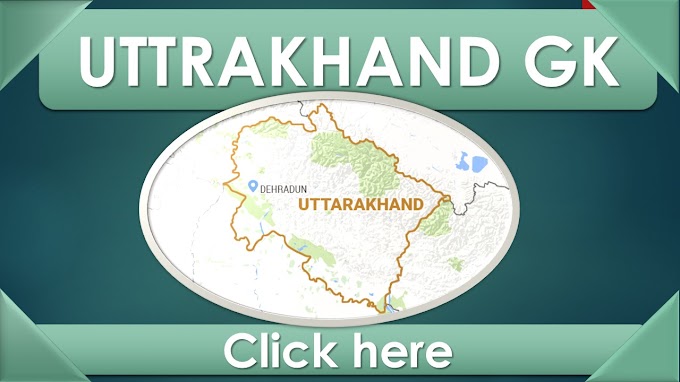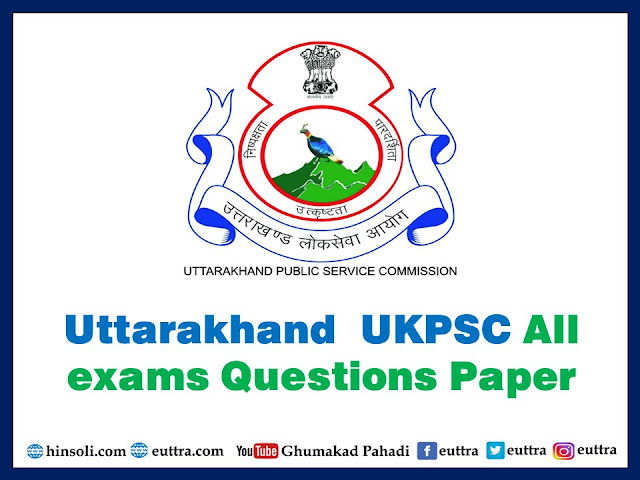.jpg)
NISAR (NASA‑ISRO Synthetic Aperture Radar) Satellite| Mission NISAR
-
Name & Partnership: NASA‑ISRO Synthetic Aperture Radar (NISAR) — a landmark joint Earth‑observation satellite mission by the Indian Space Research Organisation (ISRO) and NASA / JPL (Wikipedia, ISRO).
-
Launch: Successfully launched on July 30, 2025, at 17:40 IST aboard ISRO’s GSLV‑F16 rocket from Satish Dhawan Space Centre, Sriharikota (ISRO).
-
Orbit & Lifespan: Placed into a 743–747 km sun‑synchronous dawn–dusk polar orbit, inclined at 98.4°, revisiting all land and ice surfaces globally every 12 days, with expected mission life of 3 years (NASA); 5 years for ISRO’s S‑band operations (ISRO).
Technical Specifications
-
Satellite mass: ~2,392 kg (≈2.4 tonnes) (India Today).
-
Bus & Platform: ISRO’s modified I3K satellite bus, 3‑axis stabilized (ISRO).
-
Radar instruments:
-
Imaging mode: SweepSAR—scan‑on‑receive wide‑swath mapping enabling ~240–242 km swath coverage, with spatial resolution ~5–10 m (some modes down to 3 m), and millimetre to centimetre‑scale vertical displacement sensitivity (India Today).
-
Data generation: Produces 80+ TB/day, downlinks via NASA’s Near Earth Network and ISRO’s ground stations; data access free and open – within 1–2 days, hours in emergencies (ISRO, Vajiram & Ravi).
-
Cost & Workshare:
-
Cost ~US $1.5 billion total: NASA ≈$1.2 billion, India ≈₹91 crore (~US $0.09 billion) (AP News).
-
NASA supplies L‑band radar, deployable antenna, data handling, GPS, telecom.
-
ISRO provides bus, S‑band radar, launch services, ground infrastructure (NASA Science, Vajiram & Ravi).
-
Mission Phases & Operations
-
Pre‑launch timeline:
-
Commissioning:
-
~90‑day In‑Orbit Checkout period: deployment of boom & reflector, calibration of radar sensors and spacecraft subsystems (ISRO).
-
-
Science Operations:
-
Begins after commissioning; calibration & validation (CalVal) period ~5 months, then nominal operations.
-
L‑band operations for 3 years; S‑band may continue up to 5 years if propellant lasts (NASA Jet Propulsion Laboratory).
-
Science & Applications
NISAR is built to tackle six broad scientific themes, with particular utility for India and global needs:
-
Solid Earth Processes: Detect ground deformation related to earthquakes, volcanoes, landslides, subsidence—even at cm/mm scale (Vajiram & Ravi).
-
Cryosphere & Ice Dynamics: Monitor polar ice sheets, glaciers in Himalayas, ice shelf collapse and melting trends critical for sea-level forecasts (India Today).
-
Ecosystems & Biomass: Track forest cover, woody biomass, wetlands, biodiversity and deforestation/forest degradation (Vajiram & Ravi).
-
Hydrology & Agriculture: Observe soil moisture, surface water, wetlands; support irrigation planning, groundwater monitoring, crop health analysis (The Hindu, India Today).
-
Coastal & Ocean Monitoring: Shoreline erosion, storm surges, coastal subsidence, ship detection, oil spills and sea ice classification (Vajiram & Ravi).
-
Disaster Response: Provide rapid damage proxy maps within ~5 hours of events like floods, storms, fires, earthquakes to aid relief planning (Vajiram & Ravi).
Societal Impact
- All‑weather, day‑night imagery: Radar penetrates clouds, darkness, vegetation—ensures consistent data during monsoons, polar nights, smoke, storms (India Today).
- India’s benefits: Supports Himalayan glacier tracking, monsoon‑agriculture planning, soil‑moisture mapping, subsidence monitoring of infrastructure, disaster preparedness and ecological management (India Today, Vajiram & Ravi, ISRO).
- Open‑data ethos: All users—global researchers, governments, NGOs—can access data freely: within ~1–2 days or hours in emergencies (Vajiram & Ravi).
- Diplomatic & scientific value: A milestone in India‒U.S. space cooperation; demonstrates India’s growing space capability and peaceful application of science for humanity’s benefit (India Today).
- Local contributors: Indian scientists like Prof. Manikandan Mathur (IIT-Madras) optimized algorithms for coastal monitoring, and ISRO engineers such as Subhradip Ghosh played key roles in propulsion and system readiness (The Economic Times).
Summary Table
| Feature | Details |
|---|---|
| Launch Date & Time | July 30, 2025 at 17:40 IST |
| Launch Vehicle | GSLV‑F16 (Mk‑II) |
| Orbit Altitude & Inclination | ~747 km, 98.4° sun‑synchronous polar |
| Mass | ~2,392 kg |
| Radars | L‑band (NASA), S‑band (ISRO), dual‑frequency |
| Swath Width | ~240–242 km |
| Resolution | ~5–10 m (spatial); mm–cm (vertical/deformation) |
| Repeat Cycle | Every 12 days |
| Mission Duration | 3 years (NASA L‑band), up to 5 (ISRO S‑band) |
| Data Volume | ~80+ TB/day |
| Data Policy | Open access within hours/days |
Key Takeaways
- NISAR is the first radar satellite to combine dual‑frequency SAR on a single platform, enabling high‑resolution, wide‑swath Earth imaging regardless of weather or light (India Today, ISRO).
- Scientific impact spans climate monitoring, geology, agriculture, ecosystem management, urban subsidence, glaciers, and rapid disaster response.
- Strategic collaboration: A decade in planning, with complementary engineering from NASA and ISRO, it sets a precedent for future global Earth‑science missions (AP News).

.jpg)

















Follow Us